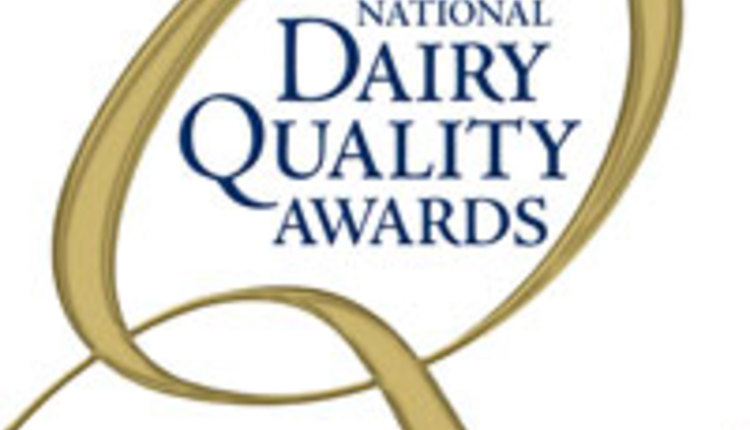US officials called on global leaders this week to unite against what the government calls one of the greatest threats to public health — antimicrobial resistance, or AMR.
During the United Nations General Assembly, U.S. Department of Health and Human Services (HHS) Secretary Alex Azar laid out plans for the most far-reaching initiative to date, “The AMR Challenge.”
HHS and the Centers for Disease Control and Prevention (CDC) will lead the worldwide initiative to slow antibiotic resistance, a growing concern in the scientific community. Azar invited representatives of the human, animal and environmental health communities to collaborate on measures from new vaccine development to improved antibiotics use and environmental measures.
“The AMR Challenge thrusts an important spotlight on antibiotic resistance, a core issue for members of the National Institute for Animal Agriculture,” says Katie Ambrose, CEO of NIAA, an organization founded in 2000 by livestock producers and representatives working to eradicate disease, promote safe food and establish best practices for animal health.
“International leaders are recognizing the importance of this issue, and there’s never been a more important time for producers and other animal ag leaders to take part in the discussion,” Ambrose says.
That’s possible through NIAA’s “One Health” initiative, an ongoing series of events and collaborative measures that explore antibiotic resistance across human, animal and environmental health perspectives.
Public demand
Jeroen van de Ven, global head of ruminants for Merck Animal Health, is part of the One Health approach and says AMR is gaining the increasing attention of American consumers.
“Well the big thing that’s changing is now through the retailers and food chains,” van de Ven says. “There’s a lot of initiatives to limit the use of antibiotics in different production systems, and it’s not being mandated by regulatory authorities, which is what we’ve seen in the past. It’s coming through more of the consumer and food chain, and this means that our producers need to react more quickly to these demands.”
Before joining the U.S. division of Merck Animal Health, van de Ven spent years in Europe as a veterinarian. He says, while some believe there is a direct link between the use of antibiotics in livestock and antimicrobial resistance in humans, regulations vary from market to market — and country to country.
“This is a global issue for sure, and I would say there’s different pressures in different parts of the world. In Europe where it’s more regulated, the pressure is more from governments. In the North American market, the pressure is more from the food chain,” van de Ven says. “In the southern hemisphere we’re a little behind, but you see the same trends happening there that you see in other parts of the world.”
In reality, van de Ven says the global scientific community is still working to understand any link between antibiotics in livestock and antimicrobial resistance in human health. As it struggles to find consensus, the livestock industry is focused on responsible antibiotics use — and prevention.
Proactive approach
For van de Ven, the future is about management, animal welfare and technology.
“The proactive approach is how can I use the tools and resources available to prevent as much disease as possible, which benefits animals, consumers and the profitability of producers.
What we focus a lot on now is creating vaccines for disease areas that there are no known prevention programs for, so that’s where a bulk of our research is headed,” he says. “What we are also looking at is technology that helps predict, or early-diagnose, health events so we can intervene earlier. If we can do that earlier diagnosis, we can use different treatment protocols that might not use antibiotics.”
Transparency with consumers is another key factor in an environment where all sides want what’s best for the animal.
“You should use as much antibiotics as necessary, but you should eliminate all unnecessary use of antibiotics – the industry will agree on that,” van de Ven acknowledges. “But when you go to the option of it not being available to you, so it has to be antibiotic-free, well then antibiotic-free can become an animal welfare concern because if that animal does get sick, there’s not an option in place to help the animal. So it’s a balance we have to strike.”
The National Institute for Animal Agriculture invites all producers to continue the discussion at this year’s Antibiotic Symposium in Overland Park, Kan. Mark your calendar for Nov. 13-15, and visit animalagriculture.org to learn more.
About the One Health series:
This series of video and print-ready resources is provided with support from Merck Animal Health and brought to you by the National Institute for Animal Agriculture (NIAA), which works with industry producers, leaders and others to address issues concerning animal agriculture. This is an eight-part series that explores NIAA’s ongoing One Health initiative to collaboratively address antimicrobial resistance (AMR) in the animal and human health sectors.
About NIAA:
The National Institute for Animal Agriculture (NIAA) was established in 2000 to provide a forum to facilitate and engage industry leaders and organizations to derive solutions on the most current issues in animal agriculture. Its members include producers, veterinarians, scientists, and government and allied industry representatives.
NIAA is dedicated to programs that work toward the eradication of diseases that pose a risk to the health of animals, wildlife and humans. It also promotes a safe and wholesome food supply and best practices for animal health and well-being as well as environmental stewardship. NIAA issue initiatives encompass the entire animal agriculture field including cattle, sheep, swine, avian, equine and aquaculture industries. More information is available at animalagriculture.org. | |

